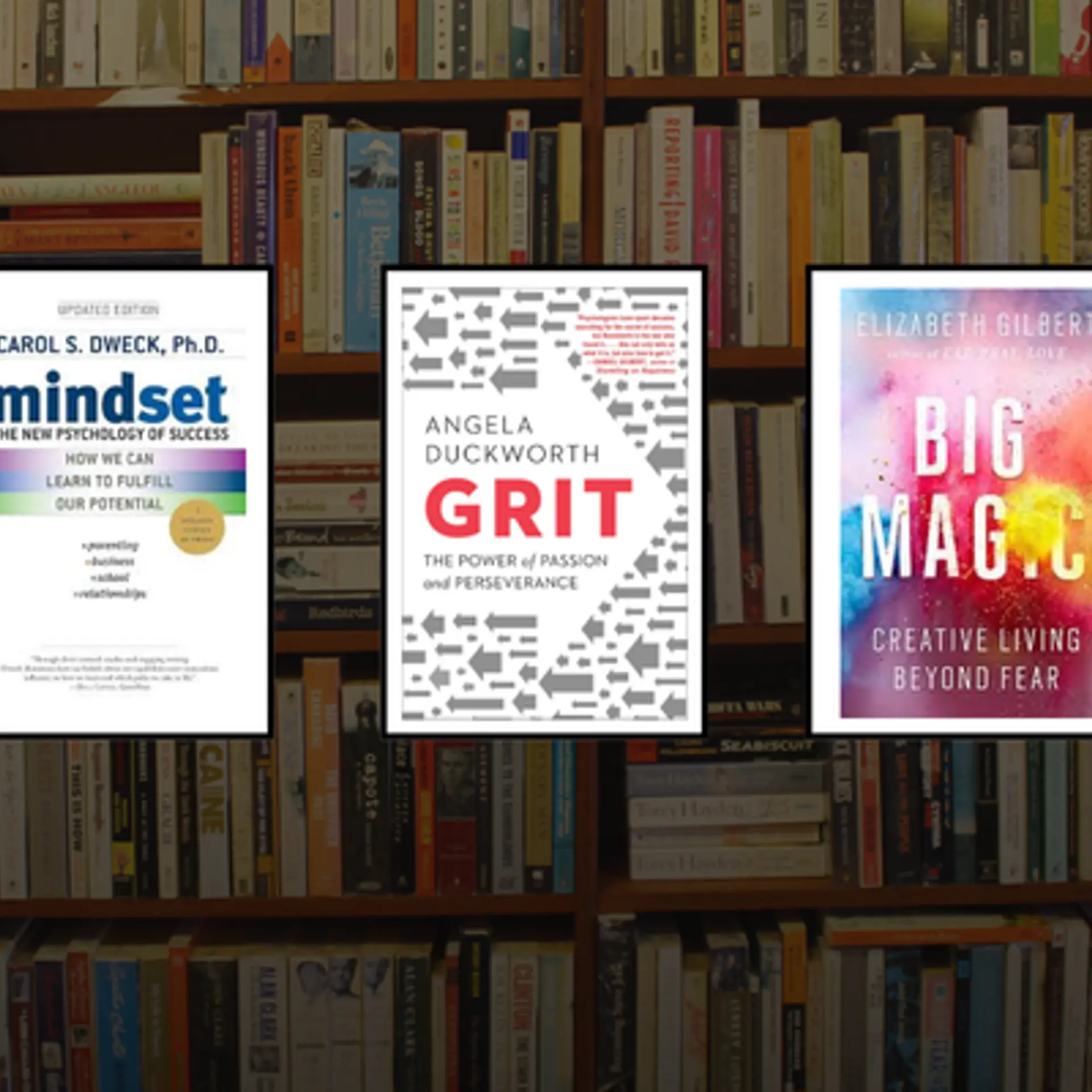How Disappearing Dialogues is helping vulnerable communities reclaim their value
Artist Nobina Gupta’s Disappearing Dialogues features the lives and habitats of people from sensitive ecologies and empowers them through dialogue and collaboration.
Functioning without electricity is a common thing for the students of the Residential Nomadic School at Puga, Ladakh. They belong to the Changpa tribe of the Changthang Valley—known for its sustainable ancestral farming practices, knowledge of medicinal plants, natural architecture, and indigenous arts traditions.
Eight years ago—at the request of Kolkata artist and curator Nobina Gupta—these children came together to weave a striking narrative around natural elements, dancing and singing with performative light installations amid the darkness of their land, for a short film. They sang about disappearing black-neck cranes and the melting glaciers in the Himalayas.
Titled Whispers’ Vibrations, the film is a key project on Gupta’s platform Disappearing Dialogues (DD), which preserves the disintegrating heritage, culture, and environment of vulnerable regions.
The collective brings together communities, institutions, and the public to document and disseminate their knowledge to wider audiences through exhibitions and interactions in public spaces.
Gupta’s work with vulnerable ecologies started about a decade ago when she witnessed the Himalayan landscape undergoing distinct changes. She couldn’t recognise the mountain peaks from her earlier visits, glaciers were melting, and vegetation patches for cattle rearing were vanishing due to deforestation.
“Parallelly, I was also seeing the symbiotic relationship forest dwellers shared with their land,” she tells SocialStory.
Gupta decided to start her project in 2014 in Nang, Ladakh, where children had an understanding of the medicinal plants growing in their backyard, and the local doctor or ‘amchi’ used their generational wisdom of the Himalayan herbs to treat people in remote villages with no access to modern healthcare.
“They even built their homes from materials available locally, including tents made out of yak wool,” she adds.
This village, with a population of around 400 people, also hosted community events like an archery festival. “My immediate instinct was to document this community’s knowledge systems and craft traditions,” says Gupta.
It was the beginning of Disappearing Dialogues as a platform that carefully studied and documented the assets and indigenous practices of a region.
“I decided to build a collective, which could bring together artists from across India and the world, social organisations who intimately understood these issues, and schools to work with community members,” says Gupta.
It created a series of artworks by engaging in workshops, field trips, and research with the community's children and adults, fostering awareness and creating a knowledge base for future generations to appreciate and preserve their heritage.
Projects in Madhya Pradesh
This approach became central to Gupta’s work after she witnessed first-hand the power of tapping into the minds of young people from vulnerable ecologies.
She took the project to Bundelkhand and Bagelkhand in Madhya Pradesh—home to the tribal communities of Gond and Kol. In Bagelkhand, she saw locals involved in mining rich deposits of coal, limestone, bauxite, clay, and quartzite and agriculture was underdeveloped.
To help the locals, DD partnered with Pipson Sebastian Mampilli, a sustainable living entrepreneur who worked with the locals to preserve traditional indigenous farming knowledge; textile designers, Trish Bygott and Nathan Crotty, who honed the women’s embroidery and craft-making skills; and ecological artist and educator, Abhisheka K, who sensitised the locals about their biodiversity.
The team taught the children from the community how to paint old skateboards and artboards, eco-dyeing, and photography.

Disappearing Dialogues has been running a collaborative research residency project at Art Ichol, Maihar, Madhya Pradesh, with a writer’s retreat, studios and uniquely designed rooms.
DD also initiated a project with support from experts and institutions, including Madhya Pradesh Tourism, INTACH, and the Archaeological Survey of India, to create a bilingual, audio-visual archive available online.
“As indigenous knowledge faces the risk of being lost with the passing of the community’s elders who may not have fully passed it onto the younger generation, creating intergenerational connections became crucial for us,” says Gupta.
DD gets funding for individual projects from different consulates, international universities, and organisations like Max Mueller Bhavan, PARI, and Global Greengrants Fund.
In November 2017, DD presented paintings, textiles, handicrafts, films, photographs, digital art, and interactive interfaces on these communities in an exhibition at Bikaner House, New Delhi.
Conserving the East Kolkata Wetlands
DD has been one of the most prominent advocates of East Kolkata Wetlands conservation. A Ramsar site (a wetland designated to be of international importance under the Ramsar Convention), it is one of the world’s largest sewage-fed fish ponds that treats the city's wastewater and provides food and livelihood for thousands of people.
“Although I had lived in this city for more than two decades, I didn’t quite understand the ecological significance of these wetlands until I started interacting with the communities that lived around them,” says Gupta.
She began the project by engaging with the children, asking them to share stories, lived experiences, fishing traditions, and just about anything that made them unique.
“However, they shied away from revealing anything as they carried an innate sense of shame and disregard for their way of life. So, we started working on building pride and value within the community for its rich local traditions,” says Gupta.

DD has been taking students and visitors around the East Kolkata Wetlands, disseminating knowledge about its biodiversity, wastewater management systems, and fishing practices.
DD set up an interactive Young Curators Lab, where it held workshops and fieldwork at the wetlands, online mentorship, and exhibitions. Ittrained close to eight local youth as guides to take students and visitors around the wetlands, disseminating knowledge about its biodiversity, wastewater management systems, and fishing practices. These sessions are charged, and the proceeds go to the community.
DD also set up an online store, DD Dokan, featuring products—including batua bags, hand-stitched gamcha (traditional coarse cotton towel native to parts of India and Bangladesh) and gamcha home decor—created in partnership with local community members, offering alternatives to conventional market items.
The platform not only showcases the community’s craftsmanship but also builds resilience and financial independence for local women.
“For every community we work with, our goal has been to ignite a sense of pride and sustenance within, and inspire children and youth, who are also first generation school goers to imbibe their rich traditions, while having the education and exposure to take it to the world,” says Gupta.
Edited by Suman Singh






